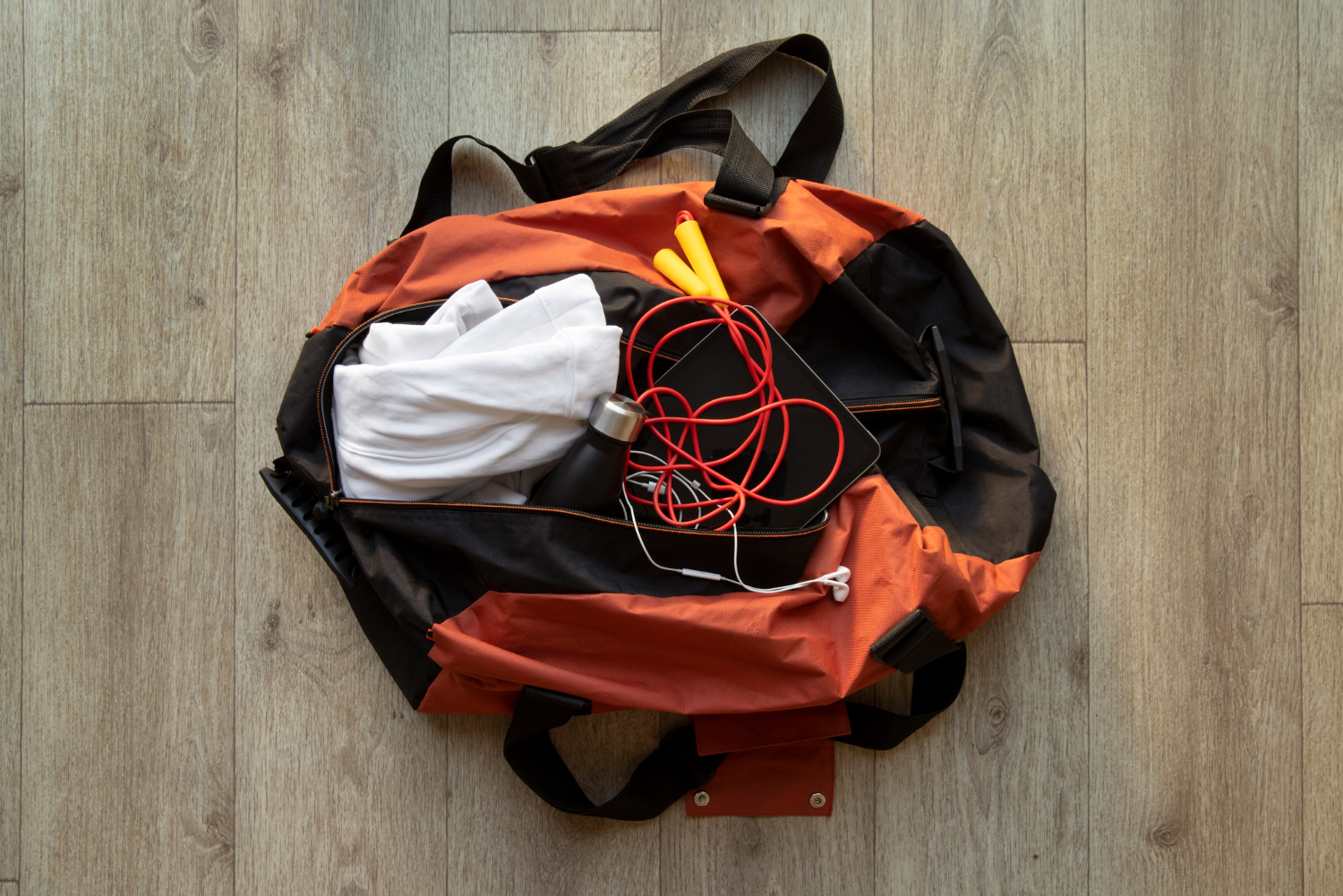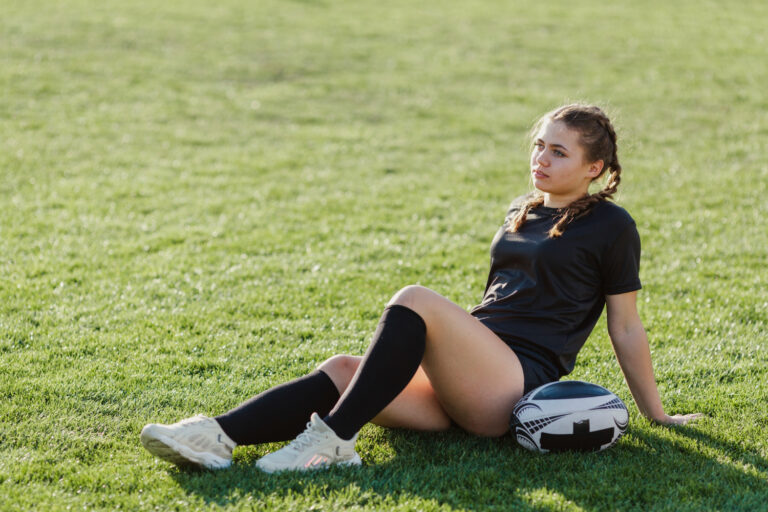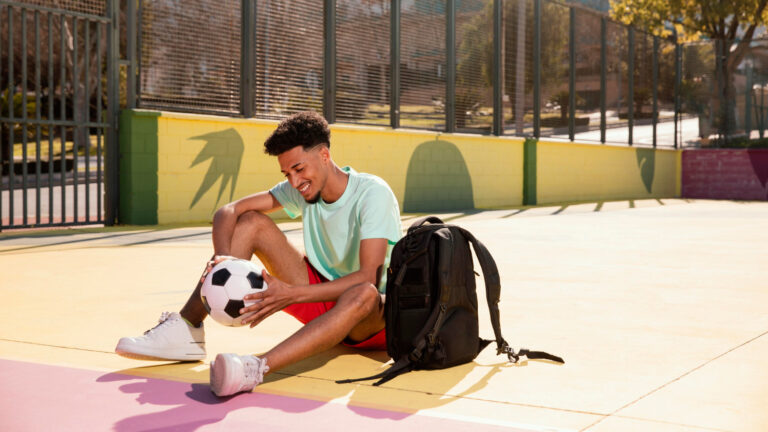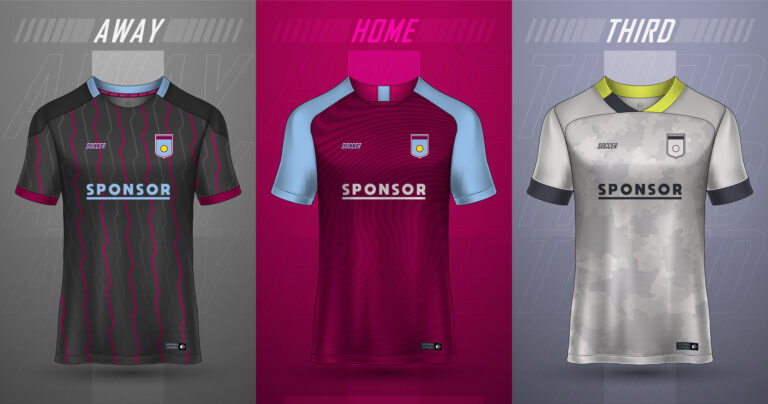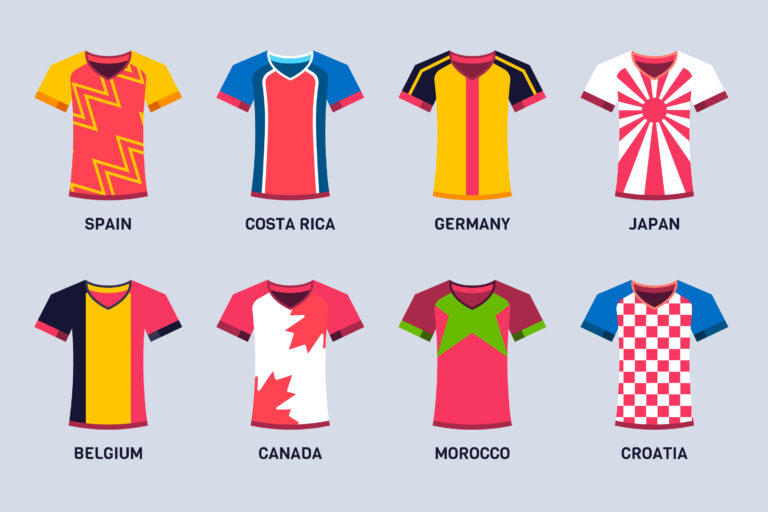How to Build the Ultimate Training Kit Bag
Every serious footballer knows that the smallest details can make a big difference, especially during training. Whether you’re gearing up for a grassroots session, preparing for pre-season, or sharpening your skills for high-level competition, your training kit bag is the backbone of preparation. The right gear, packed with purpose and precision, can elevate your routine and performance.
In this guide, I’ll break down how to build the ultimate training kit bag from the ground up. From essential gear to overlooked accessories, you’ll find everything you need to be prepared, comfortable, and focused on your grind.
The Bag Itself Matters
Start with the bag. A good training kit bag isn’t just a storage unit, it’s an organizational tool. You want something spacious enough to carry all your gear without becoming a black hole where items disappear.
Go for a backpack or duffel with multiple compartments. Ideally, it should have a dedicated ventilated space for cleats, wet items, and separate sections for valuables like your phone or keys. Water-resistant material is a plus, especially for players in wetter climates or training on natural grass.
Comfort is another factor. If you’re walking or biking to training, padded shoulder straps are essential. If you’re driving, a duffel might be more convenient. Either way, make sure it’s something durable enough to survive the wear and tear of regular football life.
Footwear: More Than Just Cleats
Your boots are the most crucial piece of gear you’ll carry. Always pack the right pair for the surface you’ll be training on, firm ground (FG), artificial ground (AG), or soft ground (SG). For players rotating between surfaces, carrying an extra pair is wise.
But don’t stop at boots. Include a pair of running shoes or trainers. Warm-ups, gym sessions, and post-training activities call for comfortable footwear that won’t wear down your cleats unnecessarily. If you lift weights or do agility drills indoors, those trainers become essential.
Boot bags also help. They keep mud and turf off your clean gear and preserve the life of your boots by shielding them from friction and moisture.
Apparel: Gear for All Conditions
Building the ultimate training kit bag means anticipating the weather and having the right training gear to match. Always pack:
- Training shirt and shorts: Breathable, sweat-wicking material keeps you cool and dry.
- Base layers: Essential in colder weather. Thermal tops and leggings keep muscles warm and prevent injury.
- Training jacket: Lightweight and weatherproof jackets can be a game-changer in rain or wind.
- Socks: Carry two pairs. One for training, and a backup in case your primary pair gets soaked.
- Compression wear: Ideal for recovery and muscle support during and after sessions.
Having a full change of clothes also helps if you’re heading somewhere after practice. A spare T-shirt, fresh pair of socks, and casual wear are small additions that add big value.
Hydration and Nutrition Essentials
No kit bag is complete without hydration. A durable water bottle, preferably insulated to keep liquids cold, is non-negotiable. For longer training sessions or two-a-days, some players pack electrolyte tablets or sports drinks to help replenish what’s lost in sweat.
Snacks are another important addition. A protein bar, banana, or energy gel can keep your energy levels consistent, especially if you train right after work or school. You don’t want to be halfway through your session running on fumes.
If your bag has an insulated compartment, take advantage. A cool pack or thermal pouch makes it easier to carry fresh snacks or even recovery shakes post-session.
Protective Gear and Injury Prevention
Every footballer wants to stay on the pitch. That’s why injury prevention tools deserve space in your kit bag. Shin guards are obviously a must. Opt for ones that fit snugly and don’t slide around. If you use sleeves or tape, pack extras.
Foam rollers, massage balls, or resistance bands can be valuable tools for warm-ups and cooldowns. A simple resistance band can help activate glutes and hips, areas commonly overlooked in standard warm-ups. Keeping a mini roller in your bag lets you work out tight quads or calves before or after sessions.
For those dealing with previous injuries or soreness, compression sleeves, athletic tape, or ice packs should be part of the setup. You may not need them every day, but when you do, you’ll be glad you packed them.
Small Gear That Makes a Big Difference
You’d be surprised how many players forget the little things that can make a session smoother. Towels, for example. Pack a small towel to wipe off sweat during training and a larger one if you’re showering post-session. Wet wipes are another handy item, especially when facilities are limited.
Carrying extra hair ties, deodorant, and even sunscreen makes sense if you train under the sun regularly. A small bag of toiletries with essentials like body wash, shampoo, and a toothbrush will be appreciated if you’re hitting the showers at the pitch or heading out afterward.
One often overlooked item is a plastic or mesh laundry bag. Toss your wet or dirty gear in here after training and keep it separate from clean clothes. Your bag (and your nose) will thank you.
Technology and Tools for Tracking Progress
Modern training has embraced tech. If you wear a GPS vest, fitness watch, or heart rate monitor, you’ll want a safe space in your bag for that gear. A small, padded pouch or side pocket is ideal to protect these items from knocks or moisture.
Chargers and power banks are also smart additions. Many players track their performance via apps or video. Having a charged phone or camera is crucial if you’re recording sessions for analysis. Make sure your phone has space for your apps, clips, and performance data.
Some players include notebooks to jot down reflections, training logs, or coaching feedback. It’s a small item, but it adds structure and accountability to your routine.
Weather-Specific Additions
Training in unpredictable conditions means your bag should evolve with the season. For cold months, pack a beanie, gloves, and neck warmer. Some players even include grip-enhancing gloves that still allow for ball handling during cold drills.
During summer or hotter climates, sunglasses and cooling towels can help. Sunscreen is critical, especially during afternoon sessions. A hat or cap adds another layer of protection from the sun, particularly during warm-ups or off-ball drills.
Being prepared for the weather shows maturity and discipline. Coaches notice the players who come ready no matter the environment.
Post-Training Recovery Items
How to build the ultimate training kit bag isn’t just about what happens during the session, it’s also about what comes after. Recovery should be part of your training plan, and having the right items with you makes it easier to stick to that routine.
Protein powder or pre-made recovery shakes can go a long way. If you prefer whole food, pack a sandwich or high-protein snack. Throw in a pair of flip-flops or slides so you’re not walking around the locker room in cleats or socks.
If you’re managing fatigue, add Epsom salts in a small pouch or bag. You can toss them into a bath when you get home for muscle relaxation. A stretch strap is another solid addition to wind down post-session.
Keeping It Clean and Organized
A messy kit bag wastes time and can even get you injured if you forget or misplace something important. To keep things organized, use packing cubes or small zip pouches to divide your gear by function, one for hygiene, one for tech, one for nutrition, and so on.
Always empty and air out your bag after training. Even the best goalkeeper gloves or boots will develop odor and mold if tossed in a wet corner and forgotten. Once a week, wipe down the inside of your bag and disinfect smaller gear like shin guards and bottles.
I’ve found that keeping my gear clean and organized isn’t just about hygiene, it’s a mindset. It puts me in the right headspace before every session and keeps my focus where it should be: on the pitch.
Final Tips to Maximize Your Training Kit Bag
Packing is personal. While the essentials are mostly universal, everyone’s approach to how to build the ultimate training kit bag will reflect their habits, goals, and style of play. A winger might prioritize lightweight gear and sprint bands, while a goalkeeper might carry gloves, finger tape, and more recovery tools.
What matters is that you’re intentional. Think of your kit bag as a mobile locker room, it holds everything you need to perform, prepare, and protect your body. Don’t just toss things in without thought. Pack it like you’re showing up to work, because in many ways, you are.
Make a habit of reviewing your bag weekly. Toss out what you don’t need, replace worn-out gear, and check that all your go-to items are fully stocked. A small checklist goes a long way, especially if you train several times a week or travel to matches.
Conclusion
Every athlete has their own formula, but knowing how to build the ultimate training kit bag separates casual players from those taking the game seriously. It’s about more than throwing your boots and a water bottle into any old duffel, it’s about preparing like a pro, managing your body, and staying ahead of distractions.
When everything you need is right there, clean, charged, and ready, your focus shifts entirely to what matters: your performance. It may seem like a small piece of the game, but your kit bag reflects your mentality. Treat it with intention, and it’ll become one of your most reliable tools on the journey to becoming the player you want to be.

